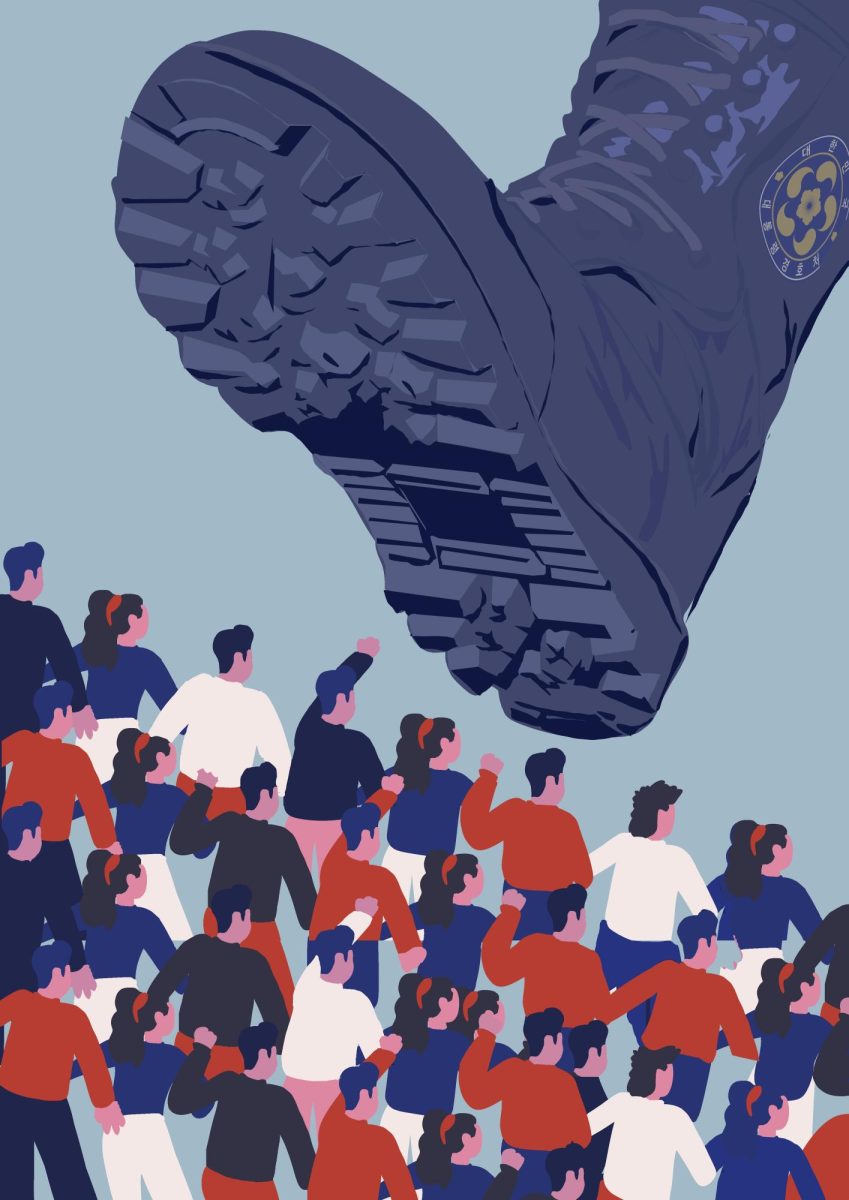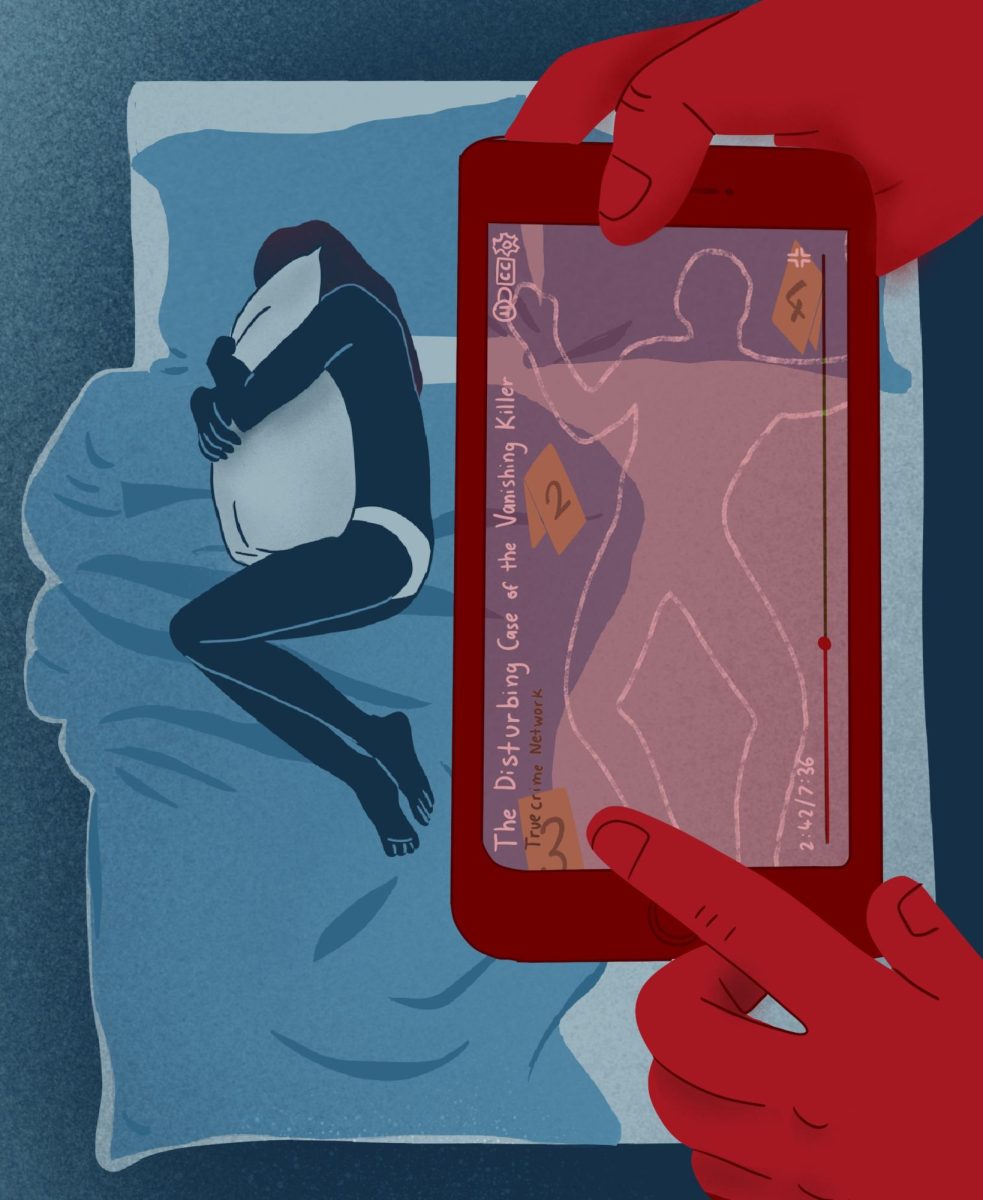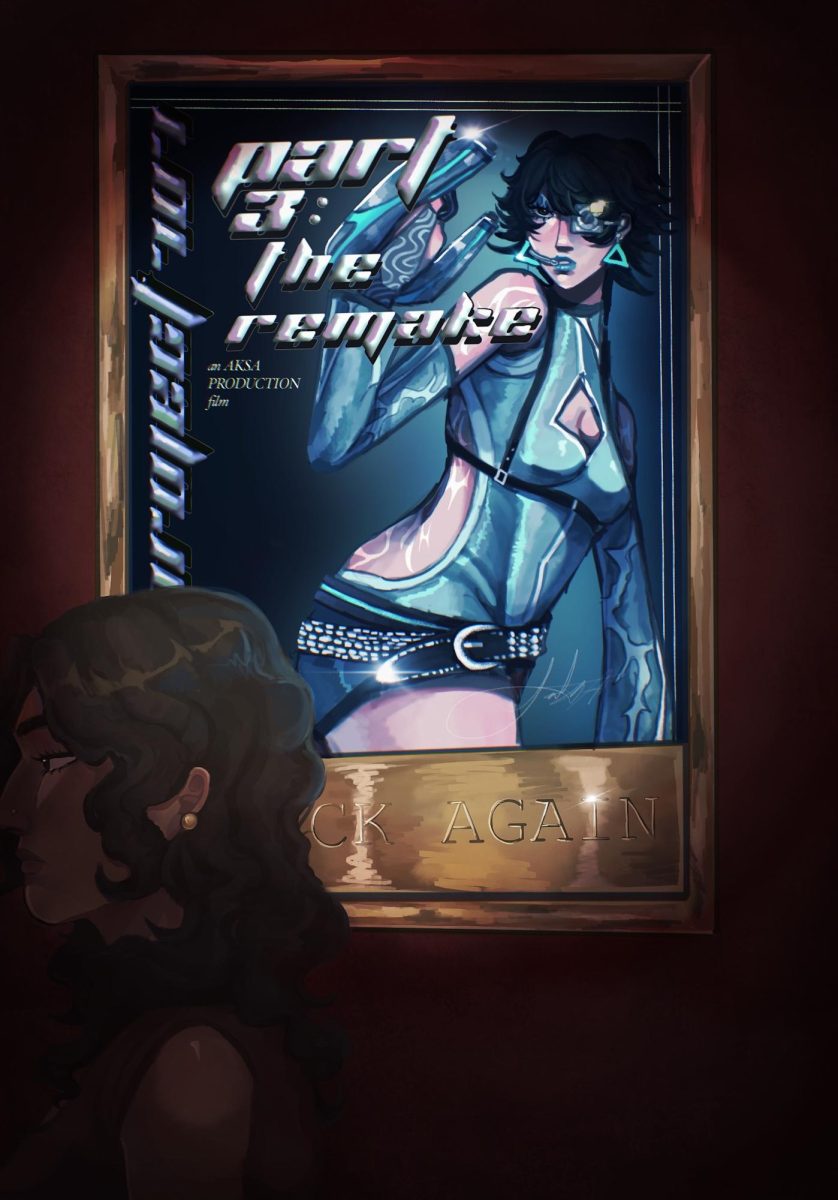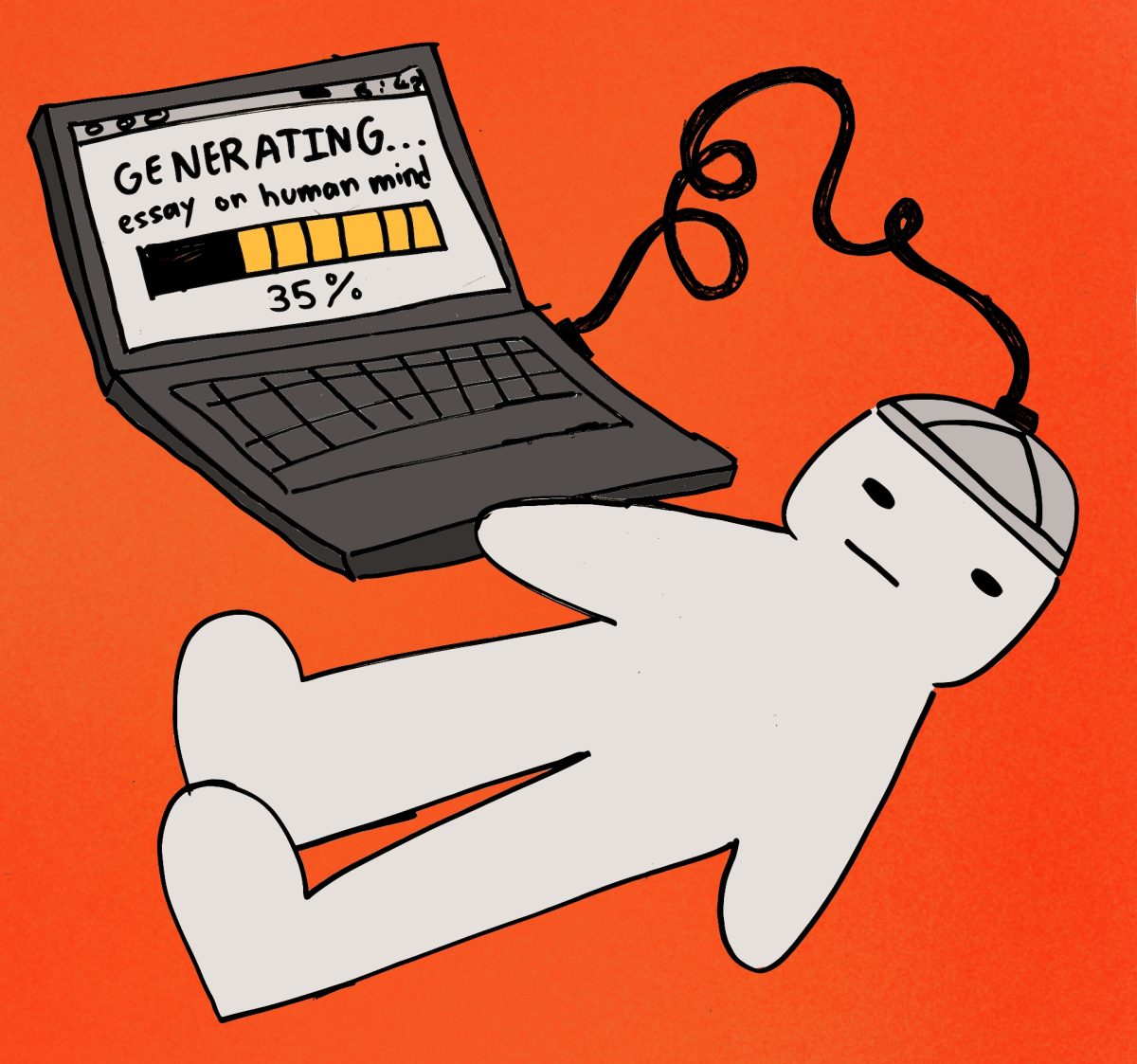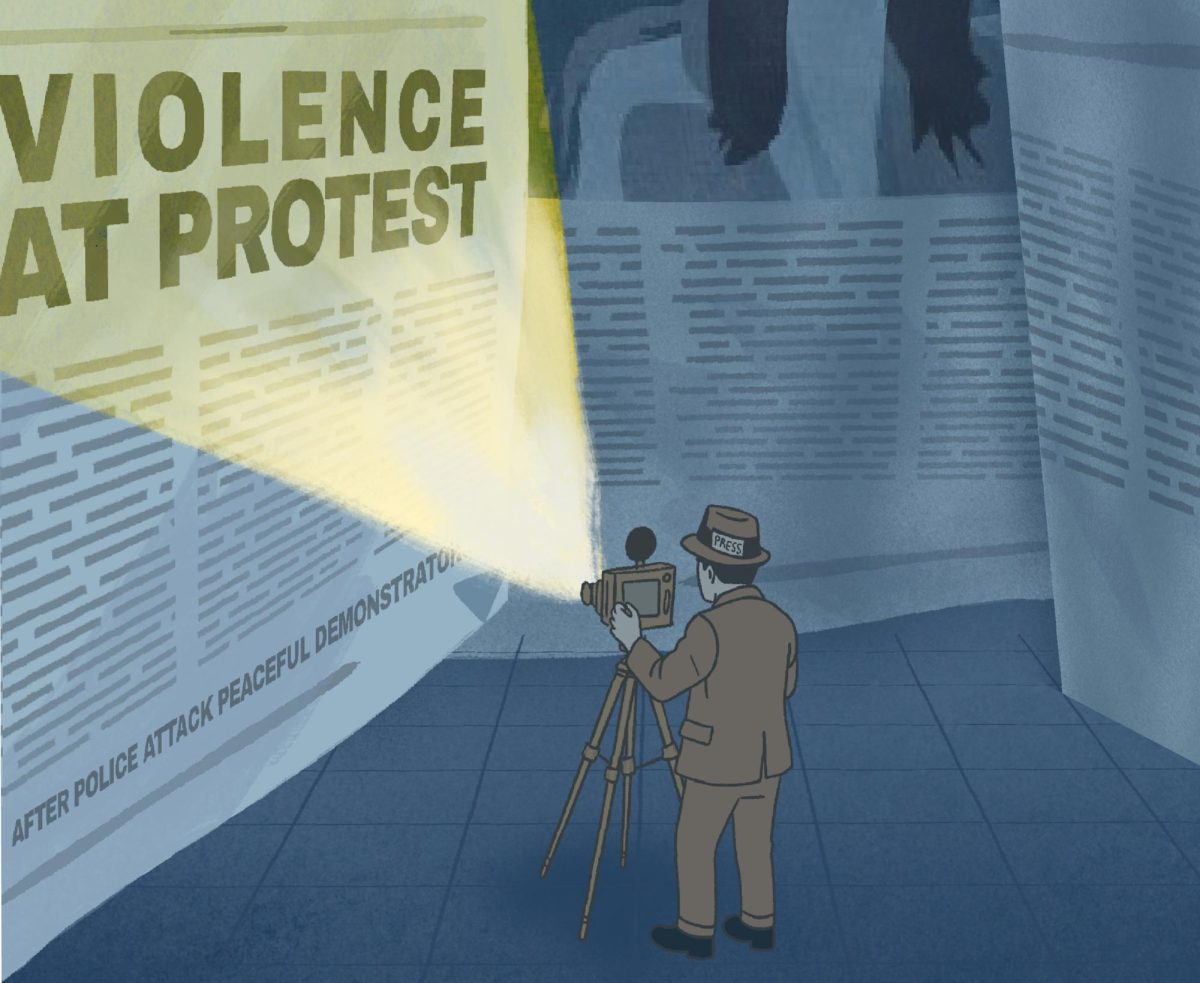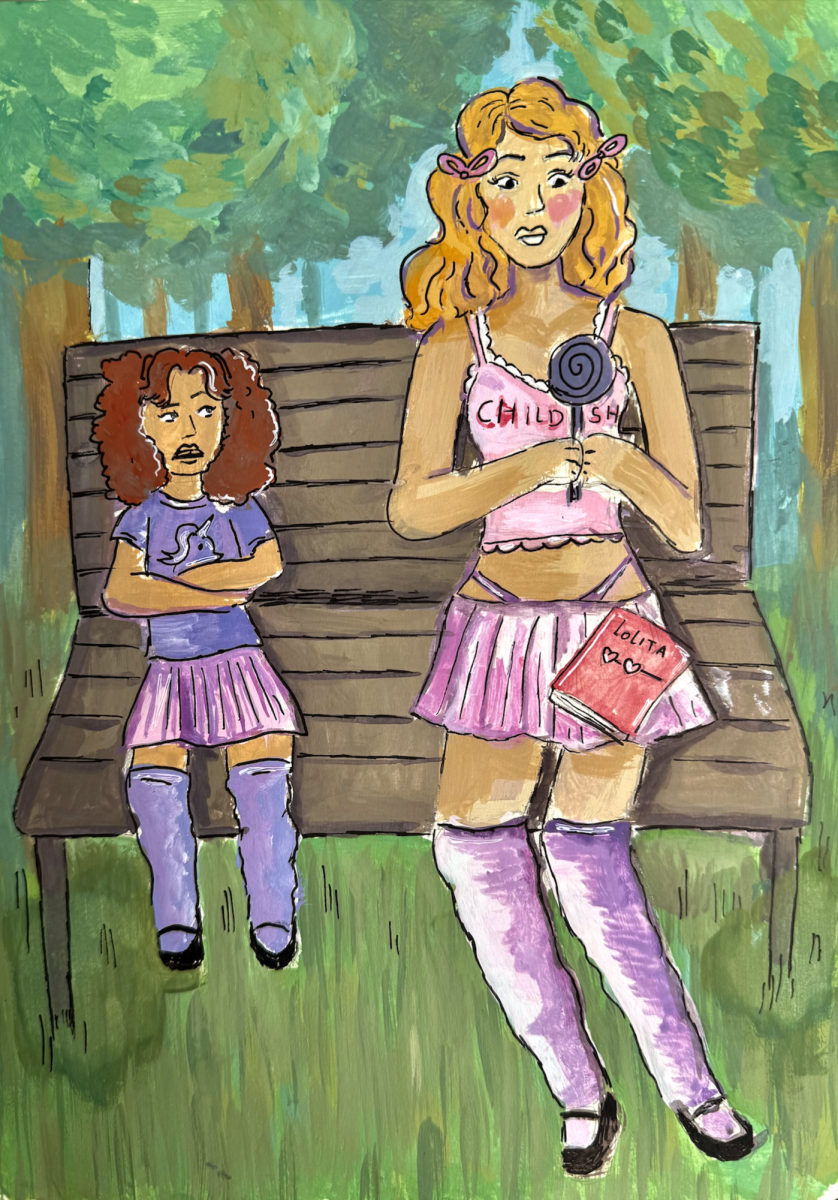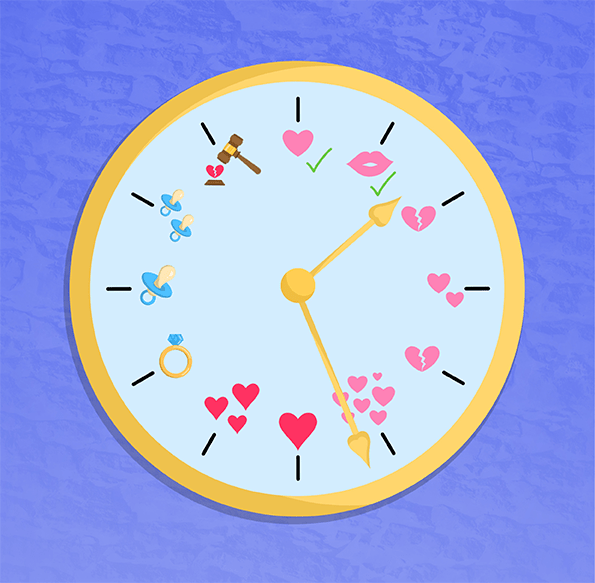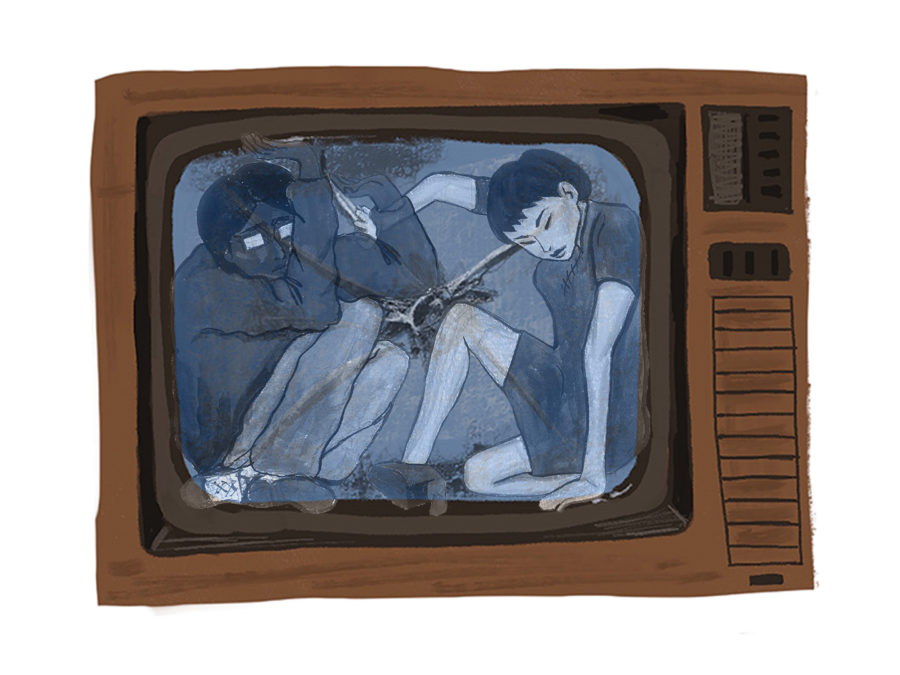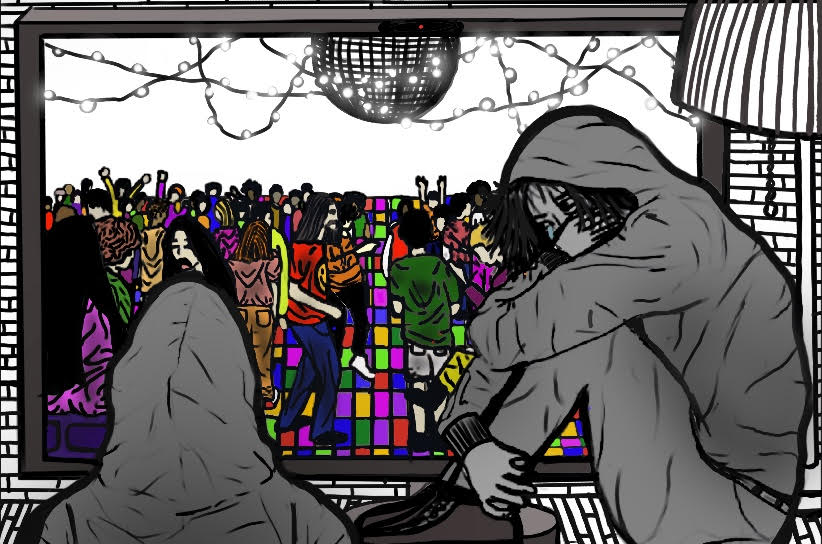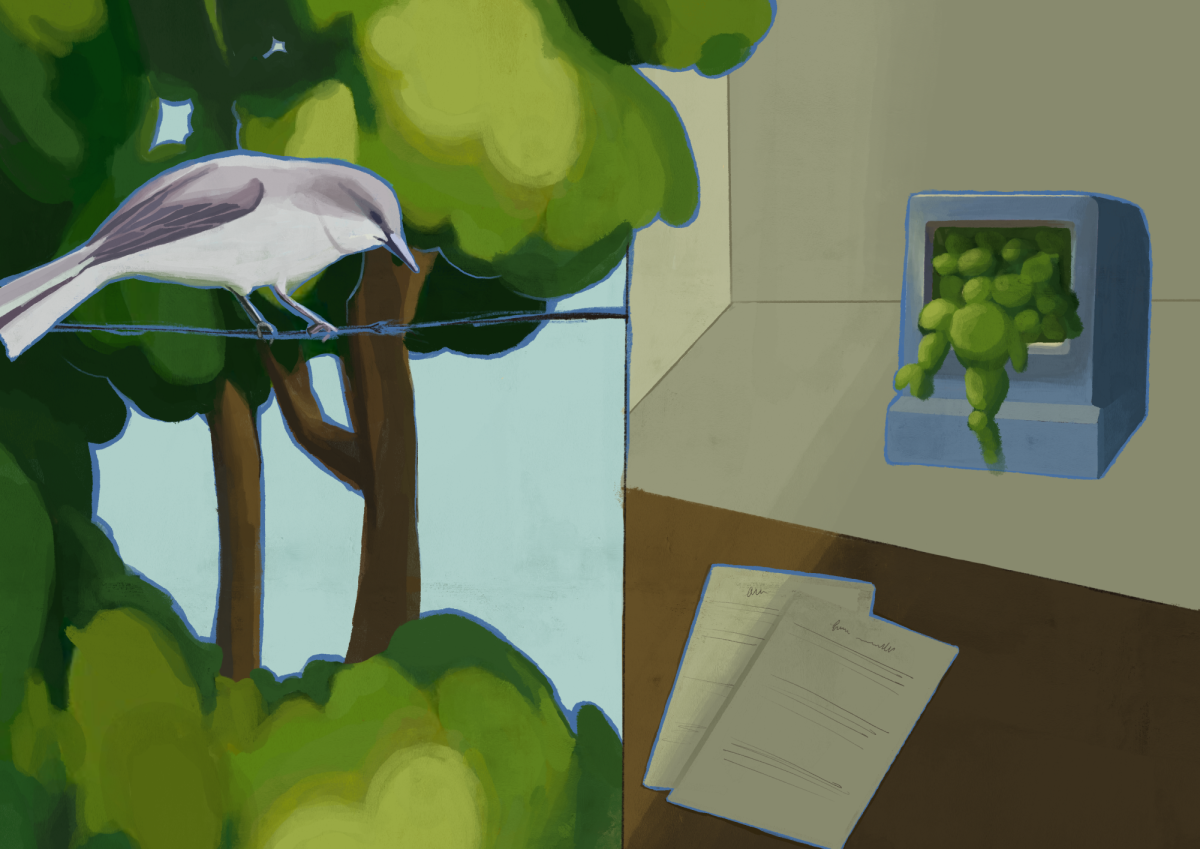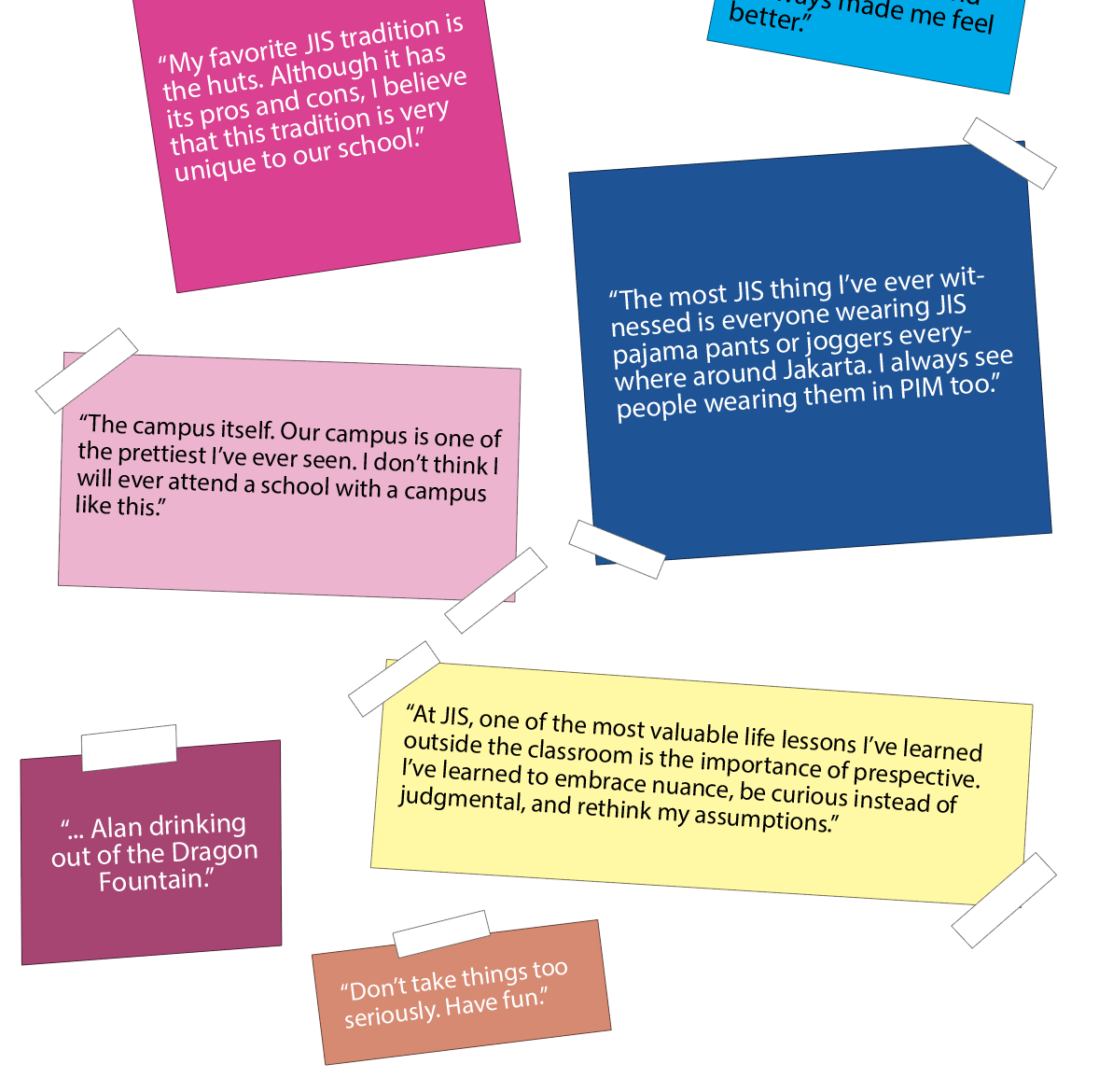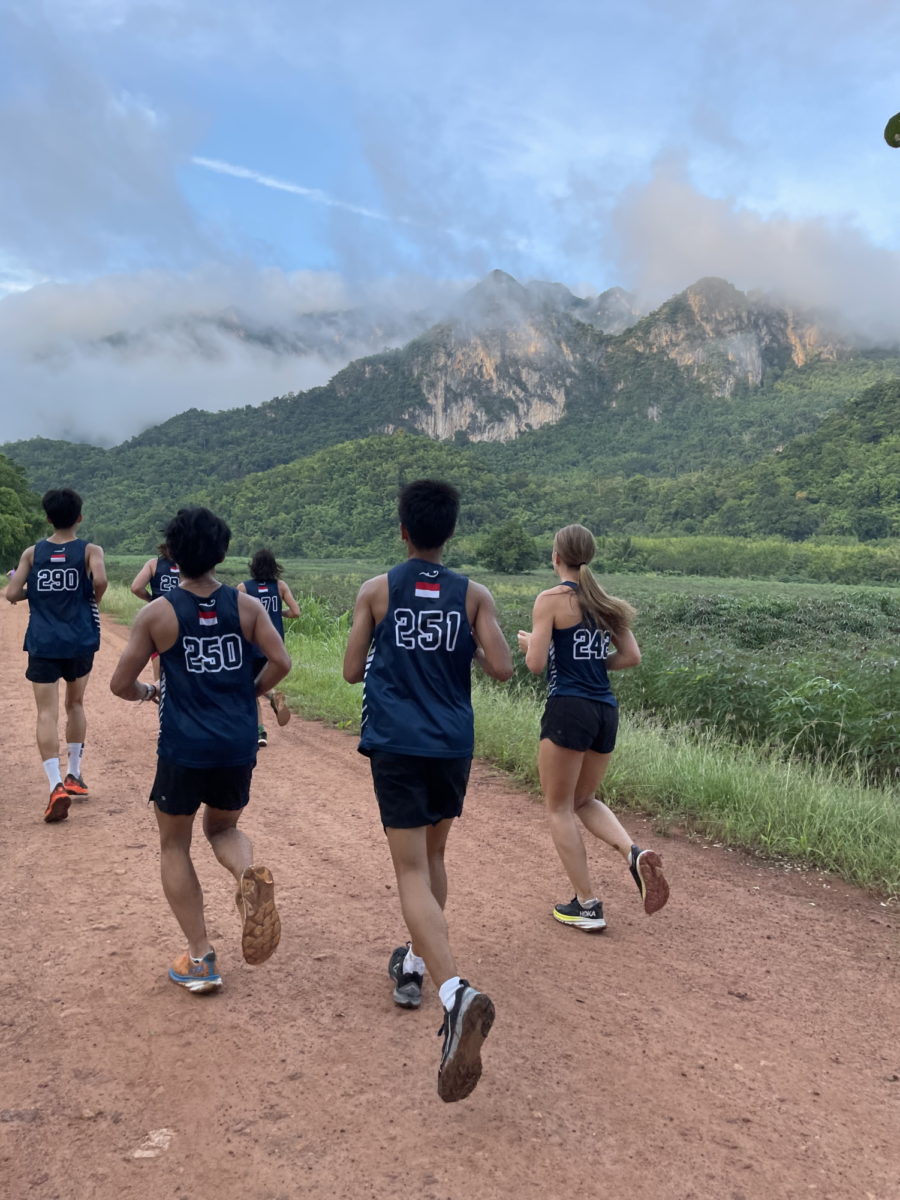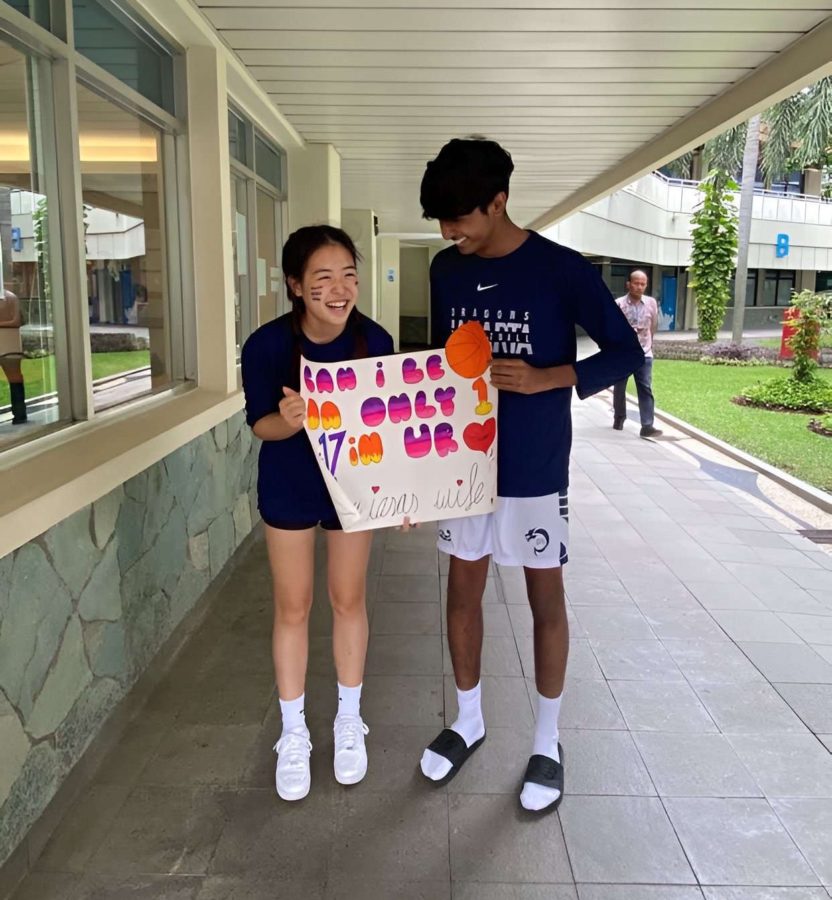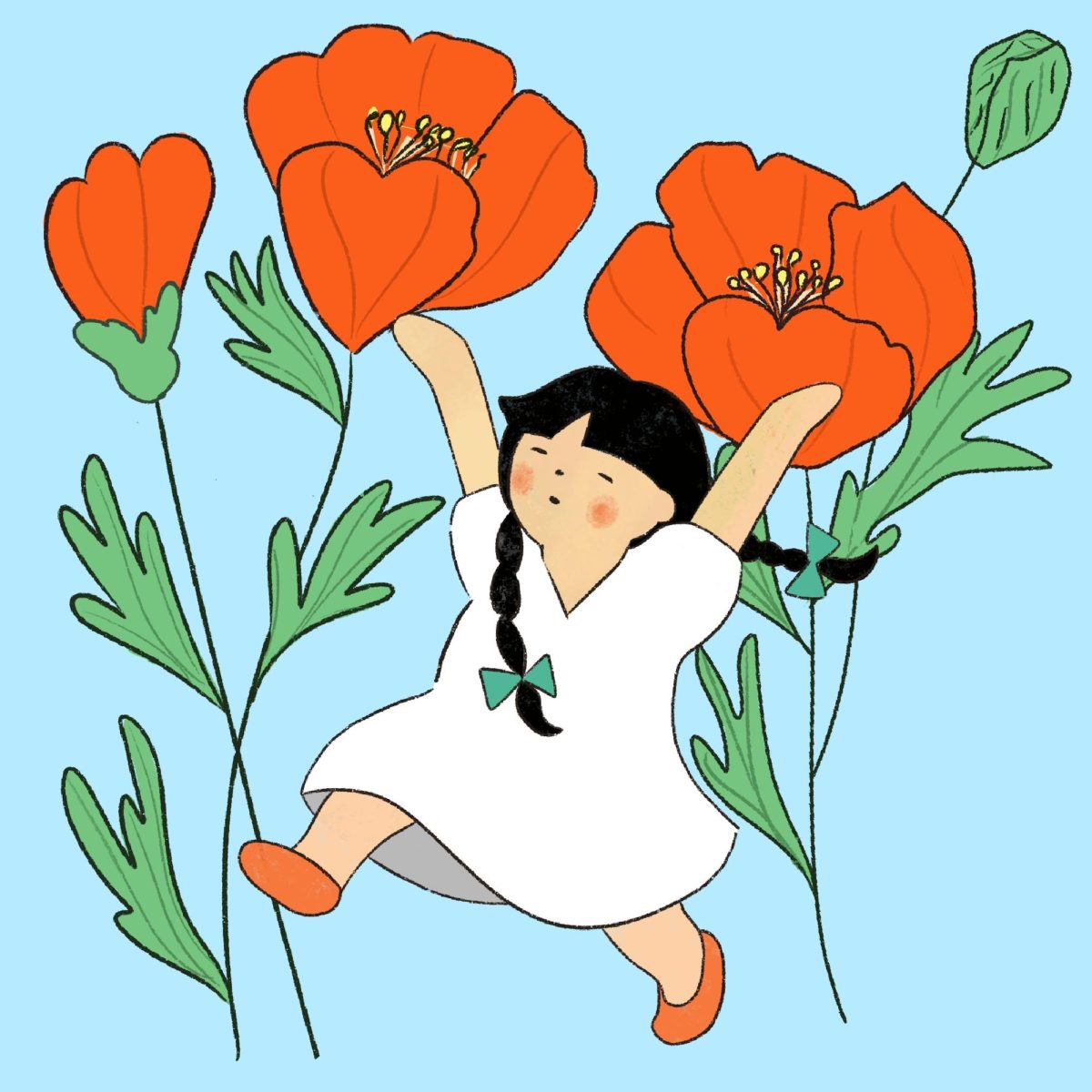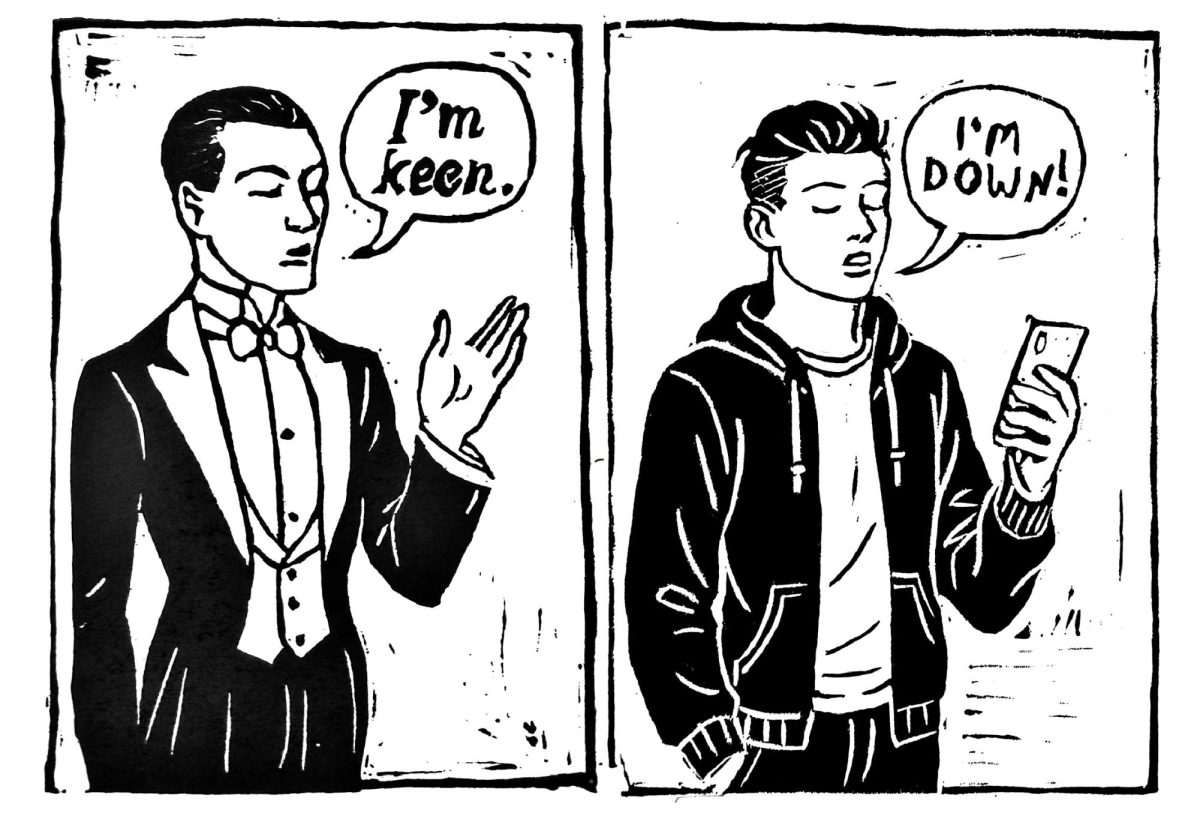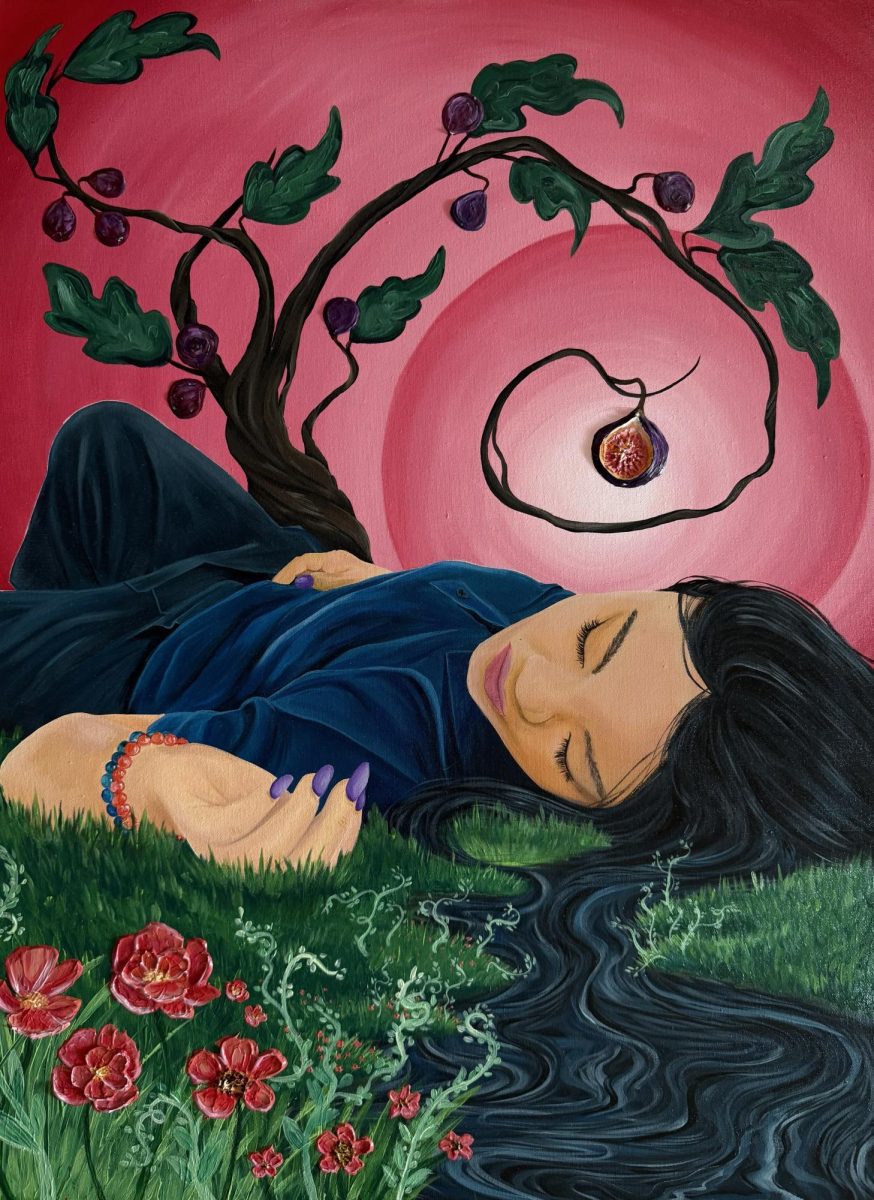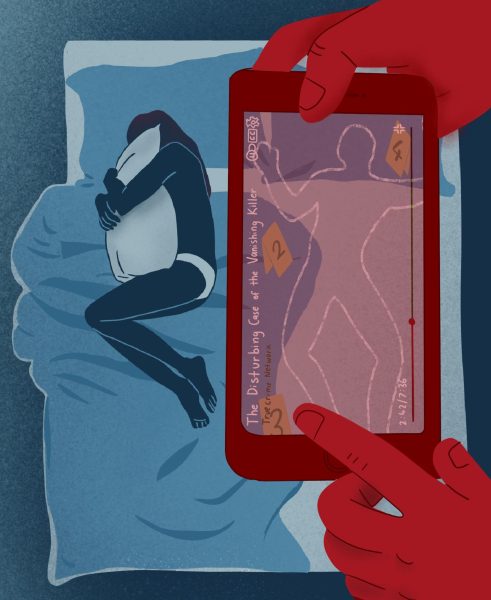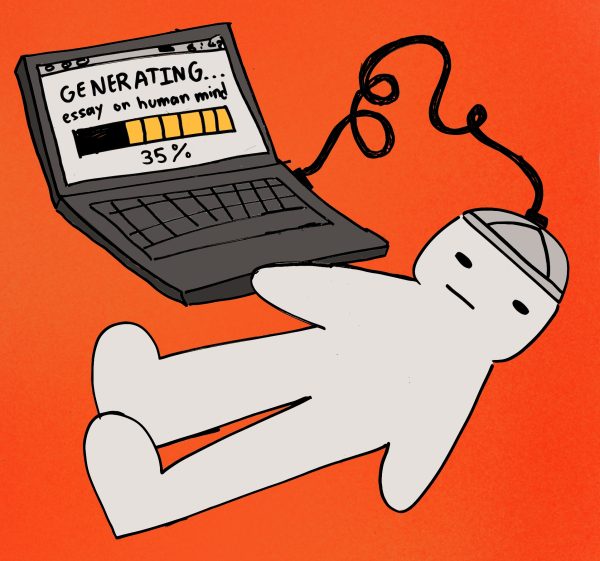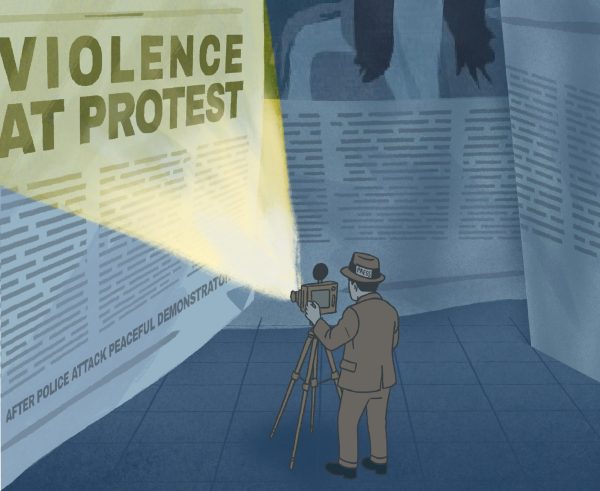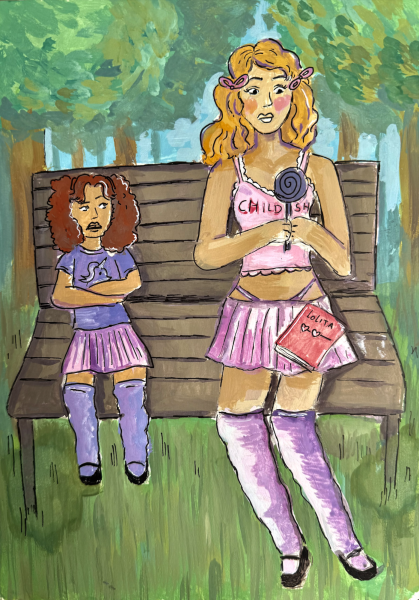To Wear or Not to Wear
Any choice should not come at the expense of human rights.

Hijab is a piece of clothing that Muslim women wear to cover their hair and neck. The way to wear it varies in style. Muslim women choose to wear hijab as a way to express their identity and appreciation to their religion. However, in some parts of the world, women are persecuted for this piece of fabric.
This February, Ayesha Shifa, a 16-year-old Indian girl, was barred from entering her school in Karnataka in India because of her hijab. Her high school principal announced that Muslim female students must remove their hijab or stay at home. Shifa and around half of her classmates still attempted to come to school with their hijab, but the guards closed the gate and refused to let them in. This confrontation ignited a nationwide protest in solidarity with Muslim female students fighting for their right to wear hijab. In spite of the demonstration, the state of Karnataka proceeded to ban headscarves and all religious garb in public schools. To further resist, Shifa and others have not been attending school since February.
Similarly, in 2018, a Belgian company told a Muslim woman in Luxembourg that she could not wear her hijab when she applied for a 6-week internship. She filed a complaint to the Belgian court, which sought further assistance. Four years later, in October this year, the Court of Justice of the European Union ruled that companies could ban head coverings unilaterally as long as it is not discriminatory among all workers. Though, one may question this apparent neutrality as head coverings mainly apply to Muslim women.
Yet in other parts of the world, women are persecuted for not wearing the hijab. Since the 1979 Islamic Revolution in Iran, women have been obliged to wear hijab regardless of their beliefs. Otherwise, they were met with punishments. In September, Mahsa Amini, a 22-year-old Iranian woman, was arrested by the police for not wearing her hijab following the dress code law. Three days later, she died in custody allegedly due to beating. Her death ignited a revolution in Iran. Initially led by women, men and women marched the streets revolting against the current regime, protesting not only against the hijab law but also for their basic freedom. More than 300 people have died at the hands of the police and death sentences have been issued for some detainees.
There are many controversy surrounding hijab. However, allow me to explain the essence of hijab through the lens of an Indonesian Muslim woman.
As journalist Hanna Yusuf puts it, “in a world where a woman’s value is often reduced to her sexuality alone, what can be more empowering than rejecting that notion?” For many Muslim women worldwide, hijab is a crown that preserve their honor and modesty.
While Islam highly values modesty, hence the practice of hijab, forcing any part of the belief on others is prohibited in the religion. The choice of a woman to wear the hijab should come from her own willingness, not for the sake of the government, as hijab is a spiritual journey between a woman and God.
However, that personal choice is corrupted when coercion is enacted, especially when combined with violence and murder. Using Islam as an excuse to beat or kill for not wearing hijab—or anything—is an offense.
It is important to note that the fight of these people are more than just about wearing or not wearing a piece of fabric.
It is about upholding values. It is about securing safety. It is about freedom.
Any choice, as simple as to wear or not to wear, should not come at the expense of human rights.
Let women study.
Let women work.
Let women live.
When she first signed up for her school newspaper in her sophomore year, Aliyah found herself falling in love with journalism. Due to this, she continues...
Staying awake late into the night at the expense of sleep, Diego has always had a great passion for conveying his interpretations and visions through art....

